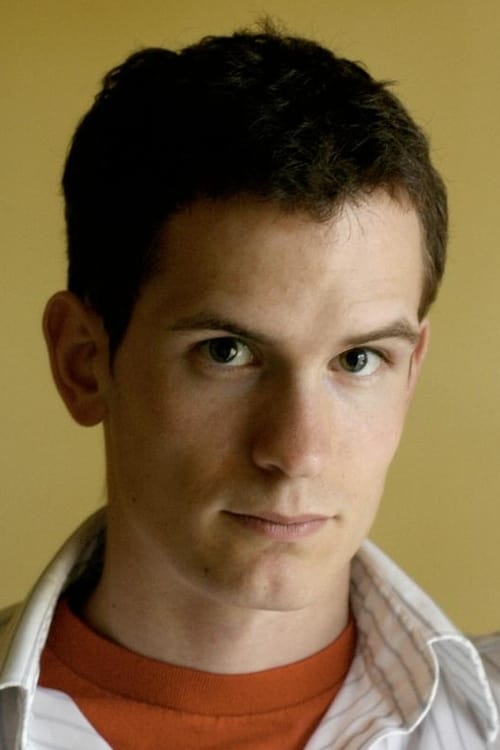We Ate the Children Last (2011)
ジャンル : コメディ
上映時間 : 10分
演出 : Andrew Cividino
脚本 : Andrew Cividino
シノプシス
Researchers discover a radical cure for digestive tract illnesses by transplanting pig organs into the human body. Medical miracle morphs into pop phenomenon as eating garbage explodes in popularity, but society may not be prepared for consequences more chilling and irreversible than a fleeting fad.
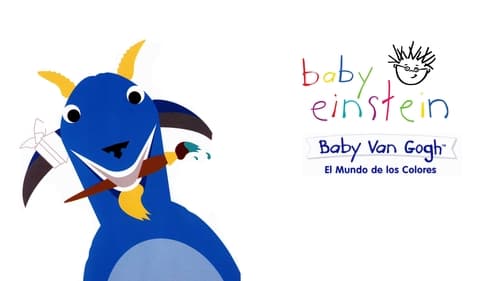
This unique video, starring "Vincent Van Goat," introduces babies and toddlers to basic colors through charming puppetry, timeless art, live-action footage, classical music and child-friendly poetry. Includes images of Van Gogh's most famous ... Full Descriptionpaintings. Featuring child-friendly arrangements of music by Brahms, Ravel, Strauss, Tchaikovsky and others.

The Inglewood Police Department's 1960s video, "LSD: Trip or Trap?" is a classic of the genre. Alex sez, "It's a story of two friends who enjoy flying model planes, except that one becomes an 'acidhead' so he can be 'groovy' with the other acidheads. The other does research into LSD and decides it's a 'bummer'."

This short animation set to Lenny Bruce's live monologue tells how the Lone Ranger hooks up with Tonto. With Bruce doing all the voices, this animation begins with local folks upset at the Lone Ranger because he won't stay around to be thanked after a good deed. So, he stays and finds he likes hearing "Thank you mask man." When their attention starts to shift elsewhere, he shocks and disgusts the townspeople with a final request. According to the cartoon’s producer John Magnuson, at early showings of this, gay audiences were upset by its apparent “fag-bashing”. And it’s true, part of the fun of the piece is just crying out “Masked man’s a fag”, scandalising and defacing the image of this all-American hero. But it’s within the larger context of Bruce’s analysis of heroism, and that the towns people reject the Masked Man is because of their prejudices, not because Bruce is asking us to endorse them. (from: http://ukjarry.blogspot.de/2010/01/352-lenny-bruce-thank-you-mask-man.html)

Sylvester Cat is a lighthouse keeper's mouse-catcher assigned to keep a mouse from unplugging the light. The mouse only wants a good night's sleep and asks Hippety Hopper, the baby kangaroo who has just crashed off of a ship on the nearby rocks, to help him fight Sylvester and keep the lighthouse light turned off.

Lettre d’un cinéaste à sa fille is a playful, free and personal film in the form of a letter, a film interwoven with a thousand stories knit together with different textures, a book of images where a filmmaker shows the images and the stories he wants to share.

The updated autobiography of Britain’s most controversial film director, the maker of Women in Love, The Devils, The Music Lovers, Tommy and The Rainbow, is as unconventional and brilliant as his best films. Moving with astonishing assurance through time and space, Russell recreates his life in a series of interconnected episodes – his thirties childhood in Southampton, his first sexual experience (watching Disney’s Pinocchio), his schooldays at the Nautical College, Pangbourne, early careers in the Merchant Marine and the Royal Air Force, dancing days at the Shepherds Bush Ballet Club and of course his career as a film-maker, beginning with an extraordinary interview with Huw Weldon for a job on Monitor. Full of marvellously funny anecdotes and fascinating insights into the realities of the film director's life, A British Picture is a remarkable autobiography.

A child explores her changing relationships with friends in an industrial town.
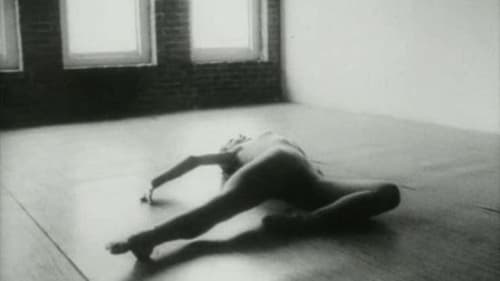
Bettie de Jong performs the same dance nine times, starting and ending in a reclined position. As the film proceeds the camera becomes more and more adventurous.
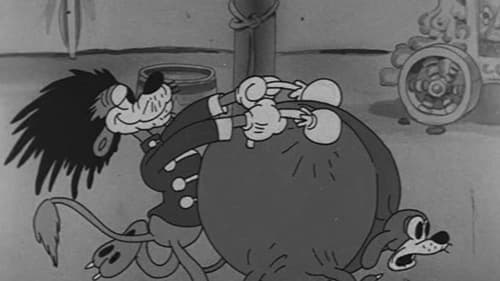
A circus parade, to the title tune. Next, a series of sideshow acts: the wild boy, the rubber man, siamese twin pigs, a tattooed man, a hula-dancing hippo, an Indian snake (or goat) charmer. Into the ring, we have a hippo riding a horse (much to the horse's dismay), a high-wire act (again, to the title song), and finally a lion tamer.
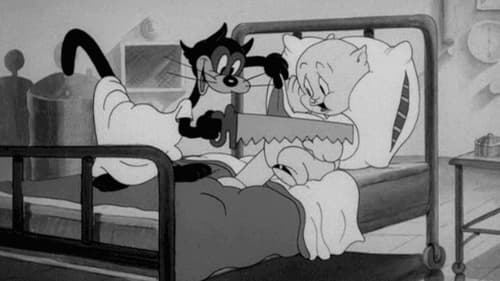
Porky checks into a hospital with a tummyache; he has the bad luck to encounter a patient posing a "Dr. Chilled-Air" who is a bit too eager to operate.
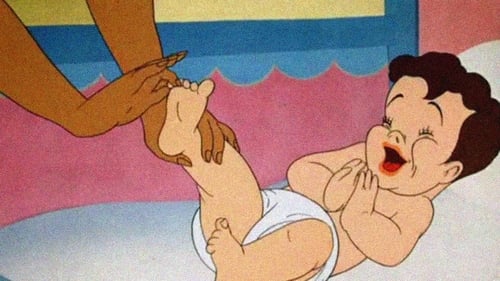
A series of fractured fairy tales vignettes.
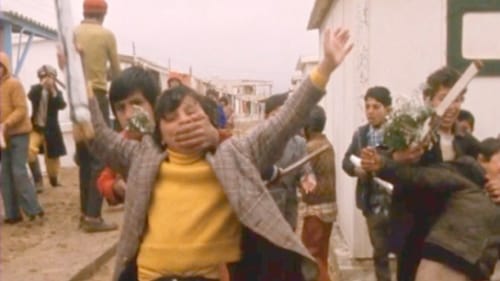
A few days after a massacre in a shantytown near Beirut, the director finds the children who survived. She approaches them by offering them crayons to draw. A link is created between them. They let her film their violent games: they repeat the scenes of horror they saw unfold before their eyes ...

THE CITY DARK is a feature documentary about the loss of night. After moving to NYC from rural Maine, filmmaker Ian Cheney asks a simple question - do we need the stars? - taking him from Brooklyn to Mauna Kea, Paris, and beyond. Exploring the threat of killer asteroids in Hawaii, tracking hatching turtles along the Florida coast, and rescuing injured birds on Chicago streets, Cheney unravels the myriad implications of a globe glittering with lights - including increased breast cancer rates from exposure to light at night, and a generation of kids without a glimpse of the universe above. Featuring stunning astrophotography and a cast of eclectic scientists, THE CITY DARK is the definitive story of light pollution and the disappearing stars. Written by Wicked Delicate Films

Szirtes's masterful experimental work is a dazzling composition of several years of filming within an industrial macro/microcosm, an abstract model of revolution and the beauty of daybreak.

A man plays fetch with his dog, only to have both him and his dog mired in a series of optical illusions.

Stop Look and Listen is a 1967 sort comedy film written, directed by and starring Len Janson and Chuck Menville. It was mostly filmed in Griffith Park in pixilation [stop-motion photography].The film generates comedy by contrasting the safe and dangerous styles of two drivers who drive in the way made famous by Harold Lloyd: by sitting in the street and seeming to move their bodies as though they were automobiles. The film was nominated for an Oscar for Best Short Subject, Live Action.

Reconstruction with photographies of the lost film 4 devils.

A dog named Rover explains to a black, down-on-his-luck shaggy dog named Andy how he got his master. He went into a hotel room and bothered someone taking a bath--Porky Pig. Porky doesn't want Rover as a pet, no matter how many times Rover tries to make Porky adopt him.

A day in the life of an eight-year-old soccer fan who has to come to terms with living in a strange new town and the loss of his father.

The worlds of a former neo-Nazi and the gay victim of his senseless hate crime attack collide by chance 25 years after the incident that dramatically shaped both of their lives. They proceed to embark on a journey of forgiveness that challenges both to grapple with their beliefs and fears, eventually leading to an improbable collaboration...and friendship.


